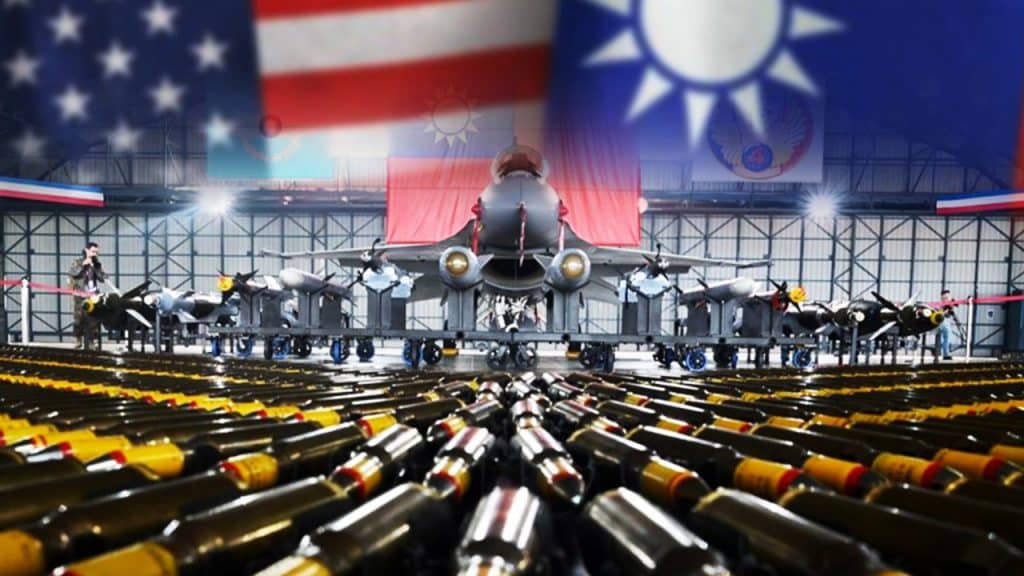Dave Chamberlain
Taiwan is considering a significant military investment, with a proposed budget of up to NT$500 billion (approximately US$16.5 billion) dedicated to acquiring advanced defense equipment from the United States. This potential allocation underscores Taiwan’s strategic effort to bolster its defense capabilities amid increasing regional tensions.
A high-ranking government official, speaking anonymously, revealed that the proposed budget would complement a separate legislative initiative aimed at enhancing national resilience. The government’s plan includes NT$150 billion allocated specifically for strengthening national defense resilience, part of a broader NT$410 billion proposed by the Executive Yuan earlier this year to counter rising US trade tariffs.
While discussions are ongoing between Taiwan’s Ministry of National Defense (MND) and the Executive Yuan regarding the precise budget figure and targeted equipment purchases, no firm decisions have been finalized. The official indicated that the planned military budget could range from NT$300 billion to NT$500 billion over the next five years, with details to be presented to the Legislative Yuan before the upcoming legislative session.
This proposed expenditure aims to raise Taiwan’s annual defense spending to at least 3% of GDP, a goal President William Lai has committed to achieving. Currently, the government has allocated NT$647 billion for defense this year, representing about 2.45% of Taiwan’s GDP. Lai has emphasized his intention to increase this figure further.
During a confirmation hearing in March, U.S. defense official Elbridge Colby suggested that Taipei should consider elevating its defense budget to nearly 10% of GDP, reflecting bipartisan concern over regional security challenges.
Although specifics about the types of military hardware to be procured remain classified, sources suggest possible acquisitions could include advanced aircraft such as E-2D Hawkeyes, which are crucial for early warning and surveillance.
In addition to traditional weaponry, part of the NT$150 billion defense resilience fund will be used to enhance Taiwan’s Coast Guard. Initiatives include building new ships capable of patrolling in challenging weather conditions and countering China’s “gray zone” tactics—ambiguous military activities short of full-scale conflict.
Moreover, the defense budget will fund the acquisition of various uncrewed aerial vehicles (UAVs) to strengthen patrol capabilities along Taiwan’s littoral zones, extending up to 24 nautical miles from the coast. The plan also includes creating a unified information-sharing platform for military units, establishing data centers for operational redundancy, and ensuring the stability and security of critical military systems during emergencies.
Overall, Taiwan’s strategic investments aim to modernize its defense infrastructure, improve surveillance and response capabilities, and reinforce its resilience against regional threats. The upcoming legislative review will determine the final scope and details of these ambitious initiatives.



